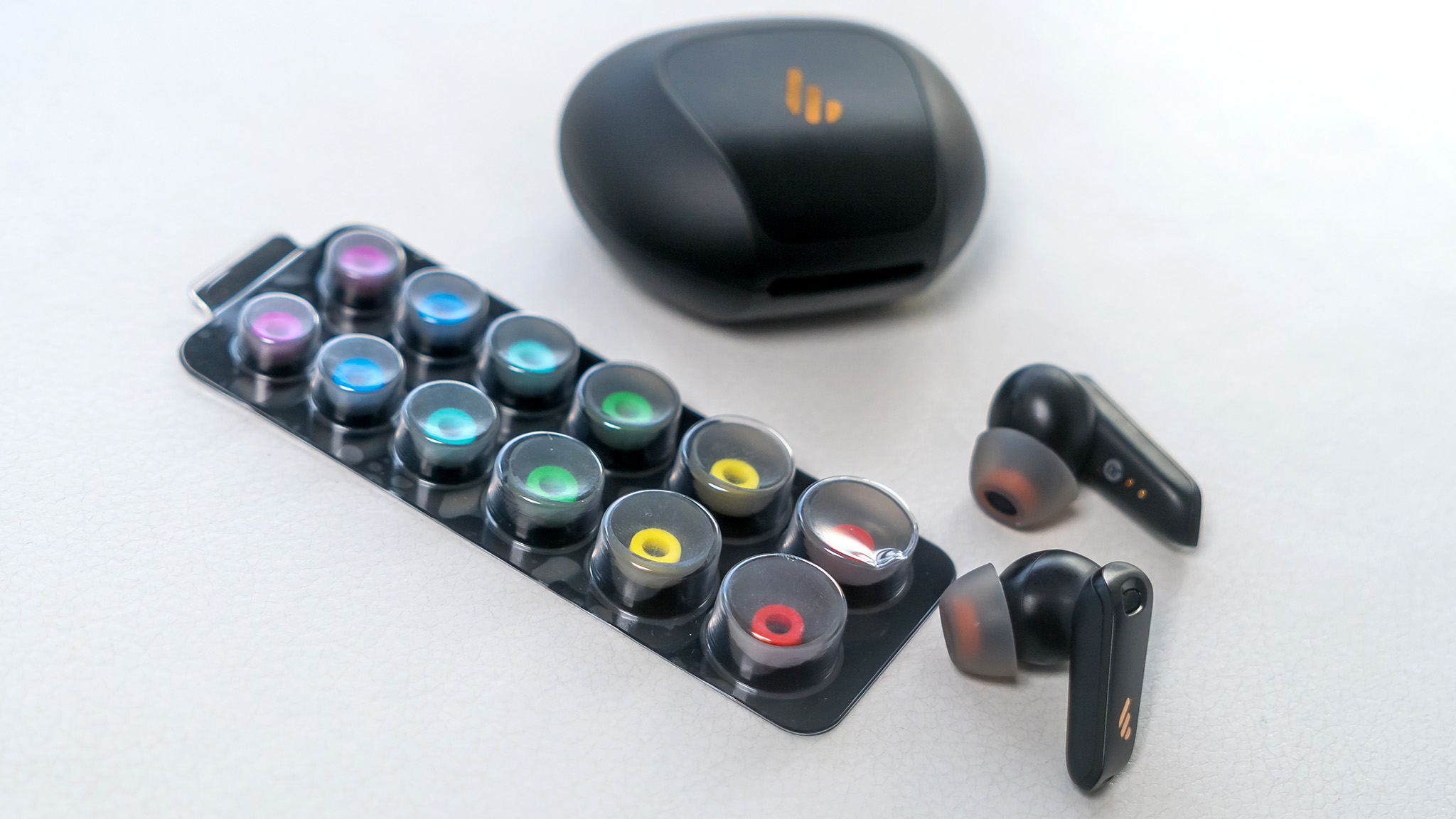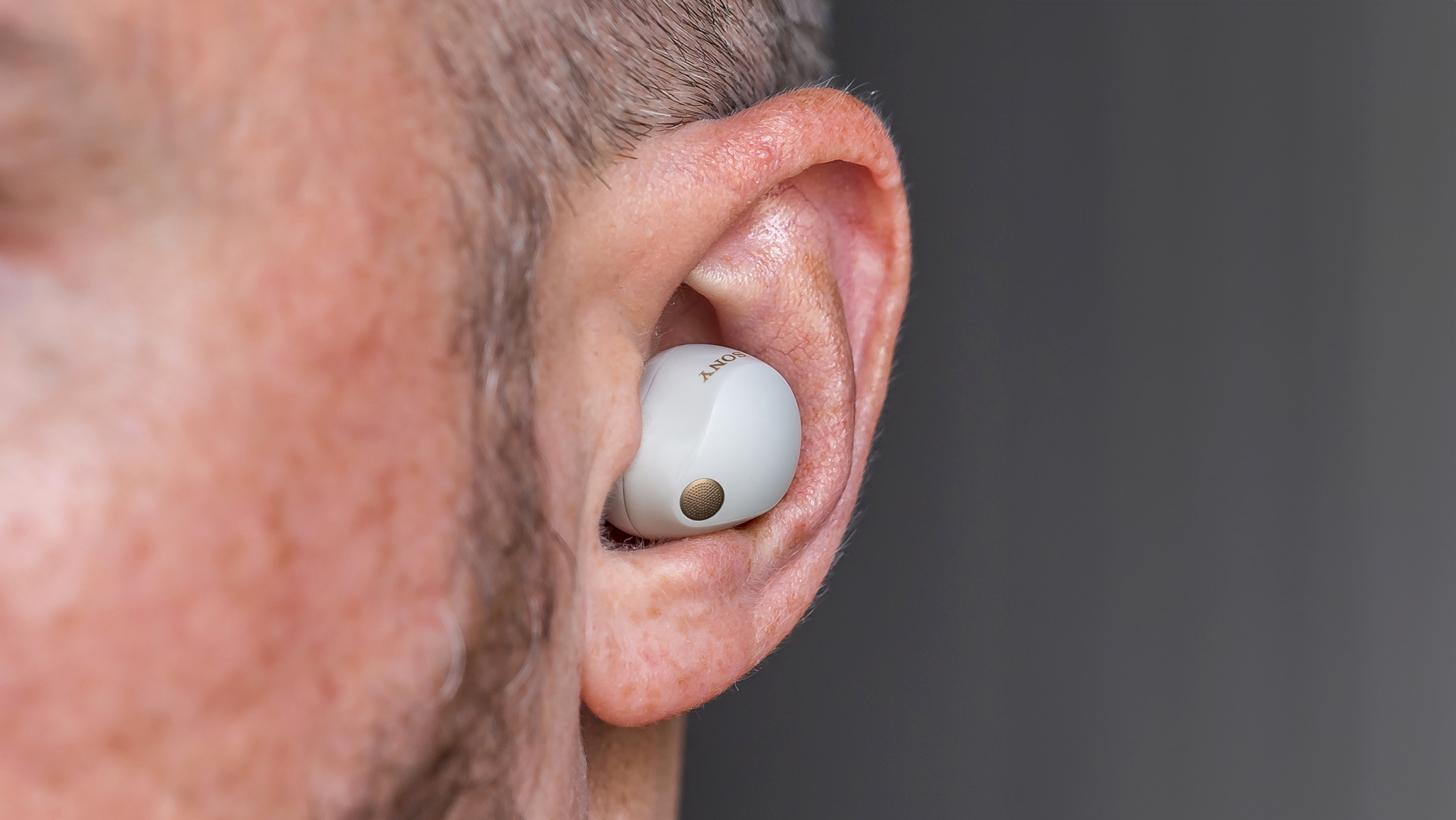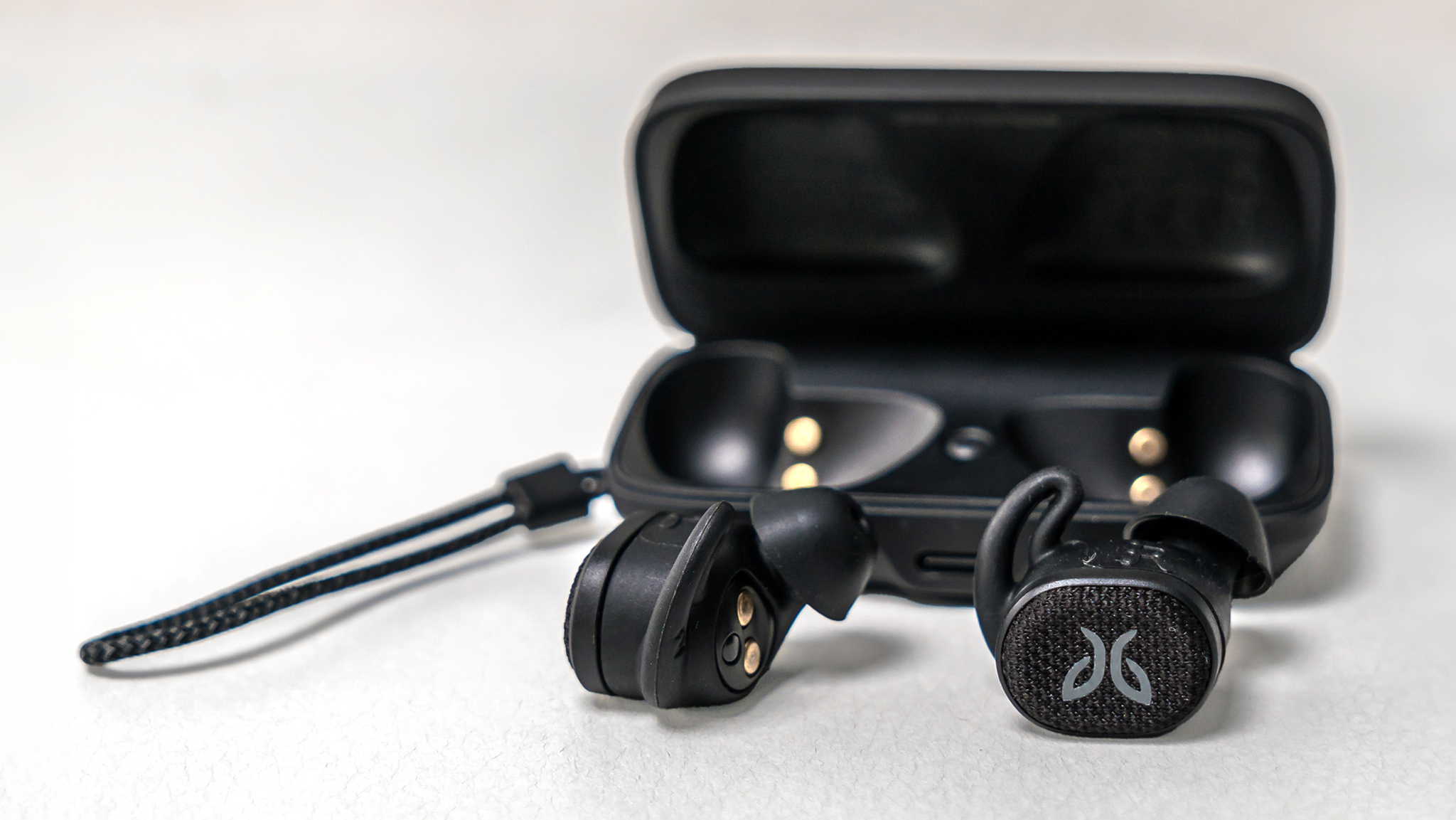How to get the best fit for your true wireless earbuds
Get comfortable when you plug your ears.

True wireless earbuds are everywhere with so many options to choose from, but it's a sinking feeling when you buy a pair that doesn't fit comfortably in your ears. Whether the ear tips are too large or small for your ears, or they wiggle loose during your workout routine, it can feel like a real letdown when that happens. The good news is there are a few things you can do to get a better fit and enjoy your earbuds without worrying.
Try different ear tips

It's standard for wireless earbuds to come with at least three sizes of ear tips: small, medium, and large. Some will add extras, like an extra-small or extra-large — even both in some cases — providing real variety in finding the most comfortable pair among them. There's no universal industry standard stipulating how brands size their ear tips, but you may notice similarities between them if you've listened to different pairs.
It's also not a guarantee that the same size ear tip will fit the same way from one brand to another. Earbuds vary greatly in design, which can affect how they sit in your ear's concha and how the tips nestle into the ear canal. Hence, it's well worth spending time when first using the earbuds to try the various sizes included in the box.
So much of this is subjective that it's hard to suggest one tip will be better than another for you, personally. People with small ears often complain about that. However, a good rule of thumb is to use the ear tip that will offer the best comfort and the tightest seal. The reason is that a tighter seal helps preserve more of the bass response in your ears and stop it from leaking out. Bass is always the first thing to go with a looser fit.

The tighter seal also plays a crucial role in the effectiveness of active noise cancelation (ANC), another increasingly common feature in today's wireless earbuds. A snug fit means you passively isolate the background, so when you activate ANC, you should hear even less of the ambient noise around you. Again, these are general guidelines, but you may find certain earbuds or tips cause unwanted pressure and discomfort with prolonged use.
If you feel you're one of those people, it might be worth experimenting with different ear tip materials. Most ear tips are made from silicone because they're cheaper to make, yet still very versatile and relatively comfortable. Foam tips are different because they're soft and malleable, meaning they deform to the shape of your ear canal and create a tighter seal than silicone can. Very few brands offer foam tips with their earbuds out of the box, though third-party vendors make them to work with a wide variety of earbuds as replacements.
Try wings or hooks for extra stability

If you lead an active lifestyle filled with exercises and workouts, your concern for stability and durability is definitely valid. This is where wings can help hold earbuds in place and keep them from falling out of your ears. In some cases, vendors will combine the wing with the ear tip, whereas they are separate pieces in other models. More often than not, brands will market earbuds that come with wings as "active" or "sport" earbuds to indicate they're made for active users.
Get the latest news from Android Central, your trusted companion in the world of Android
The wings will nestle into the concha and anchor onto the inner ear to hold steady to keep them from slipping out while you move. There are a number of different wing designs but they all serve the same purpose. The only thing is you probably won't be able to take a wing from one pair of earbuds and use it on an entirely different pair, even if they are from the same brand. They're not especially easy to find from third-party vendors, either, because earbuds change with every iteration, making it hard to keep up with all the new designs. Plus, you have to deal with the added hassle of removing the winged tips whenever you put your earbuds back into their charging case.

Ear hooks are a step up when it comes to stability, simply because they wrap around the outer ear to stay in place. Wireless earbuds like these are almost always aimed at active lifestyles where users don't want to even think about them slipping out while running, cycling, climbing, or otherwise exercising.
The above point about the right ear tips still applies, regardless of whether you have wings or hooks involved, but in this case, the hook plays the most active role in holding everything in place. The trade-off is that hooks often make the earbuds and charging case larger in size, though some brands have come up with nifty ways to minimize both through folding or twisting designs to lower the overall footprint.
When all else fails, try different earbuds

Swapping out ear tips can make a world of a difference, but it won't fix things when the mere design of those earbuds just don't jive with your ears. It may be time to throw in the towel and try something else after exhausting your options by trying different ear tips and materials. Not that you'll have trouble finding alternatives. The best wireless earbuds and best cheap wireless earbuds have plenty of good ones.
Don't be afraid to utilize your retailer's return policy and try again with a different set of earbuds that will hopefully be a better fit. Before you do that, though, try to determine exactly what exactly made them incompatible with your ears to avoid making the same mistake again. Maybe another brand or another design with a different shape or even different materials will do the trick.

Ultra comfort and performance
These Ultra earbuds have outstanding sound quality and some of the best noise cancelation your ears will come across. Bose also took a big step in increasing comfort to better fit a wider variety of ears.

Ted Kritsonis loves taking photos when the opportunity arises, be it on a camera or smartphone. Beyond sports and world history, you can find him tinkering with gadgets or enjoying a cigar. Often times, that will be with a pair of headphones or earbuds playing tunes. When he's not testing something, he's working on the next episode of his podcast, Tednologic.
